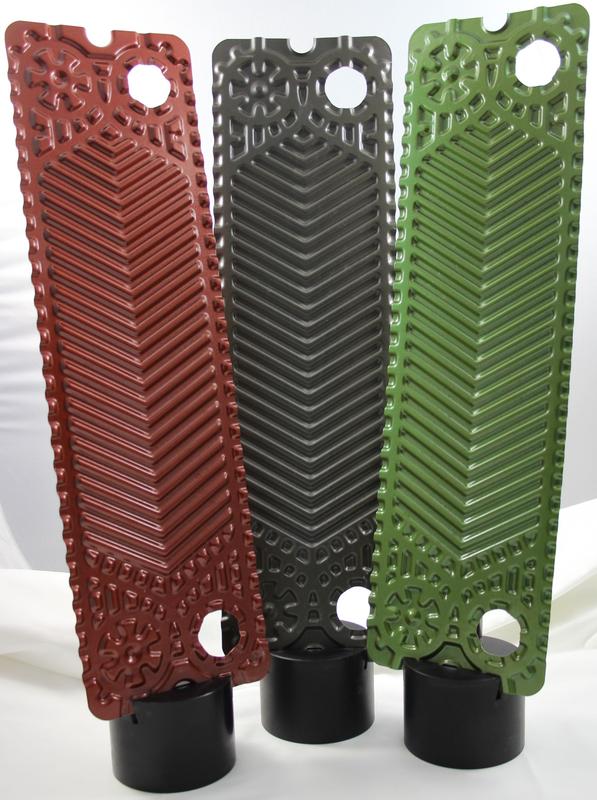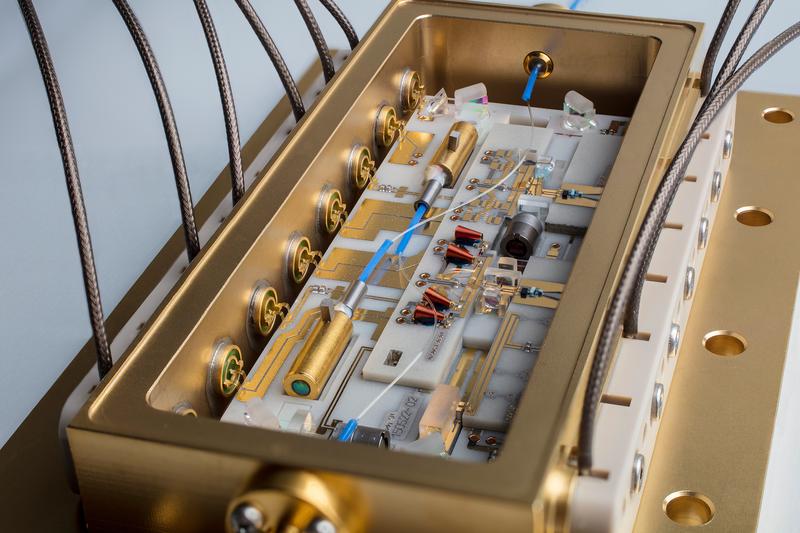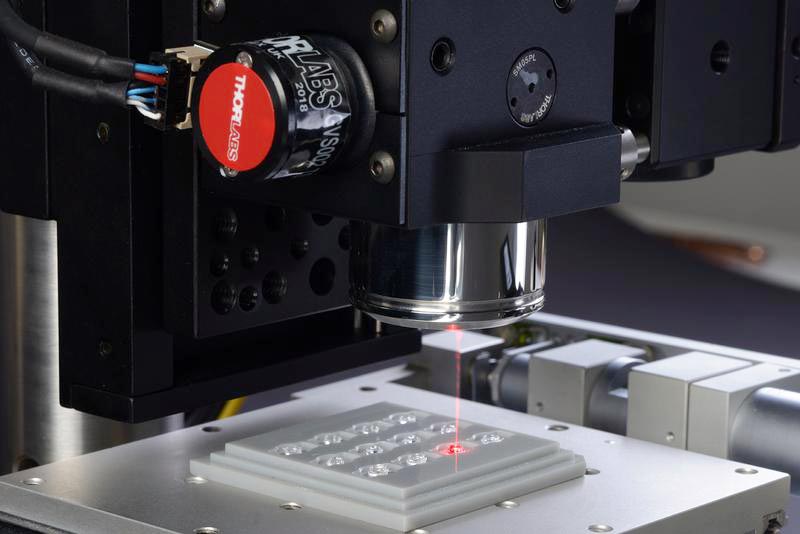

Antifouling treatment for heat-exchangers: New nano-coatings have an anti-adhesive and antimicrobial effect.
Copyright: INM
The developers will be demonstrating their results and the possibilities they offer at stand B46 in hall 2 at this year's Hanover Trade Fair as part of the leading trade show Research & Technology which takes place from 25th to 29th April.
To prevent microbes, bacteria or fungus from adhering to surfaces, the scientists use colloidal copper in the coating. Due to the oxygen or water that is present in many foodstuff processes, copper ions are created from the copper.
These travel to the surface and, as a result of their antimicrobial effect, they prevent microbes from settling there. The developers achieve the anti-adhesive characteristics by introducing hydrophobic compounds that are similar to common Teflon. These prohibit the formation of any undesired biofilm and allow residues to be transported out more easily before they clog up the channels of the heat exchangers.
“In addition, we can keep the paint chemically stable. Otherwise it would not withstand the aggressive chemicals that are required for cleaning,” explained Carsten Becker-Willinger, Head of Nanomers® at INM. Adding that the paint could also be adapted for special mechanical loads, he explained that this was important for paint used in heat exchangers, too.
Due to mechanical vibrations, the individual plates of the heat exchangers could be subjected to a certain amount of abrasion at points of contact.
Principally, the paint developed could also be used in other contexts, Becker-Willinger said, including the large sector of air conditioning with heat exchangers. Furthermore, the paint could be used for cleaning waste water in water purification plants, for example, to prevent biofilm from accumulating on filters or tubes.
The paint can be applied using standard methods such as spraying or immersion and subsequent hardening. It can be used on stainless steel, alloys, titanium or aluminum. By selectively adapting individual constituents, the developers are able to respond to the particular, special requirements of interested users.
Your contact at Stand B46 in hall 2:
Dr. Marlon Jochum
Your expert at INM:
Dr.-Ing. Carsten Becker-Willinger
INM – Leibniz Institute for New Materials
Head Nanomers®
Phone: +49681-9300-196
nanomere@leibniz-inm.de
INM conducts research and development to create new materials – for today, tomorrow and beyond. Chemists, physicists, biologists, materials scientists and engineers team up to focus on these essential questions: Which material properties are new, how can they be investigated and how can they be tailored for industrial applications in the future? Four research thrusts determine the current developments at INM: New materials for energy application, new concepts for medical surfaces, new surface materials for tribological systems and nano safety and nano bio. Research at INM is performed in three fields: Nanocomposite Technology, Interface Materials, and Bio Interfaces.
INM – Leibniz Institute for New Materials, situated in Saarbrücken, is an internationally leading center for materials research. It is an institute of the Leibniz Association and has about 220 employees.
http://www.leibniz-inm.de/en
http://www.leibniz-gemeinschaft.de/en












